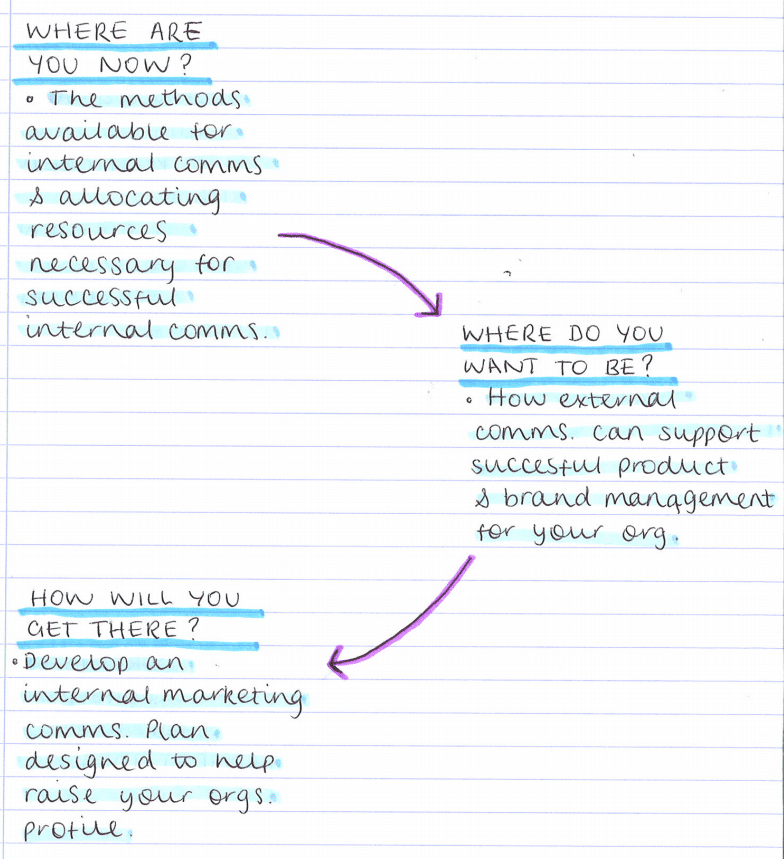What is Integrated Communications?
This module is about understanding the value and importance of good internal and external communications. Effective internal communication is key to building sustainable relationships and delivering customer value.
It’s about delivering consistent, and transparent messaging throughout the organisation. Making sure that everyone is on the same page and working towards the same objectives.
Why do we need it?
For a business to be successful it needs motivated individuals. Communication management responsibilities help both allocation of resources to different areas of the business and motivate individuals by understanding their needs and working with them.
Communication strategy is now an essential method for improving business effectiveness. It’s more than just notifying staff about company announcements, it’s about putting a structure in place that binds the team together.
There are basic needs that employees want from a business, these include:
- Income security
- Increases in income
- A safe and comfortable working environment
- Sense of community
- Interesting work
- Recognition of effort
- Gaining skills and career development
- Sense of identity
A communications strategy helps employers guarantee that they are meeting these needs.
The assignment
For this module we will be writing an integrated communications plan for our chosen organisation, before we start this plan it’s good to think back to the different stages of planning. Where are you now? Where do you want to be? How will you get there?
In the diagram below I’ve mapped out how the integrated communication plan will fit into these stages:
Internal marketing and cross functional relationships
Internal marketing is crucial – but what is it exactly? It is when a company treats their members of staff as internal customers/ stakeholders. The idea of this, is to create a positive work atmosphere where employees form cross-functional relationships with one another and work towards a common goal.
In other words, it’s the promotion of an organisations objectives, products/ services internally within the company. Companies do this to motivate employees to work towards the organisations goals and foster brand advocacy.
A common goal for businesses would be to have a cross-functional team of workers, this is group of people with different functional expertise that work towards achieving the same goal.
Who are the stakeholders?
Internal stakeholders: Employees, managers
Connected (micro): Customers, shareholders, suppliers, distributors, financers, retailers.
External (macro): Government, press/ media, pressure groups, local communities, professional bodies, society.
Organisational culture
This is made up of the values, behaviours, as well as social and physiological environment of a company. It’s almost like the company’s own personality, and it affects how people perceive what it’s like to work at that company.
Here’s a list of elements that affect organisational culture:
- Power structures
- Routines
- Symbols
- Control systems
- Organisational structure
- Storytelling
Author
-
Emily joins the Napier Team as a digital marketing apprentice, with the support of Chichester College. Emily recently completed her A-levels in Fine Art, Photography and English Language.
View all posts

